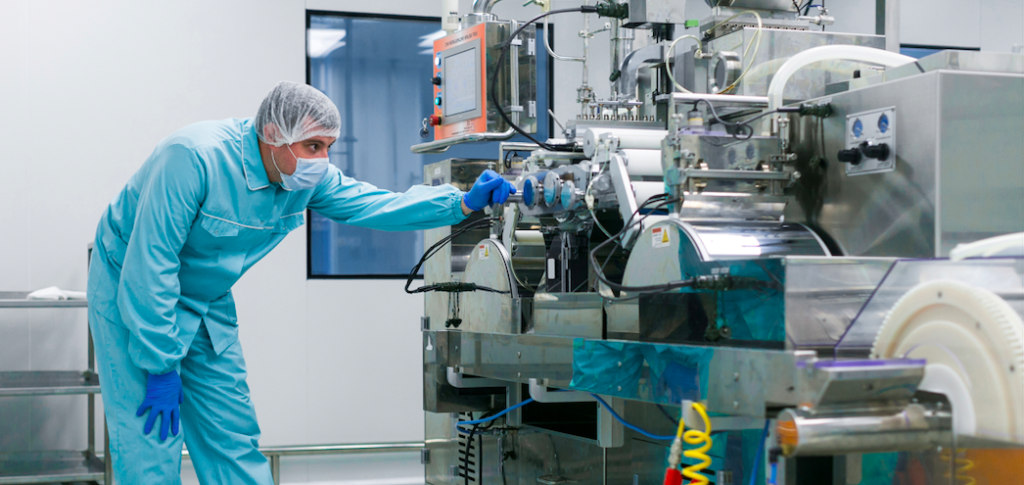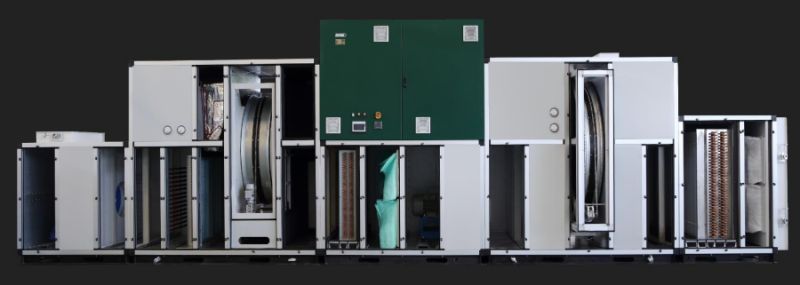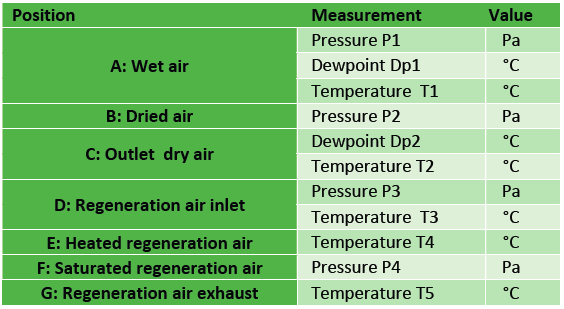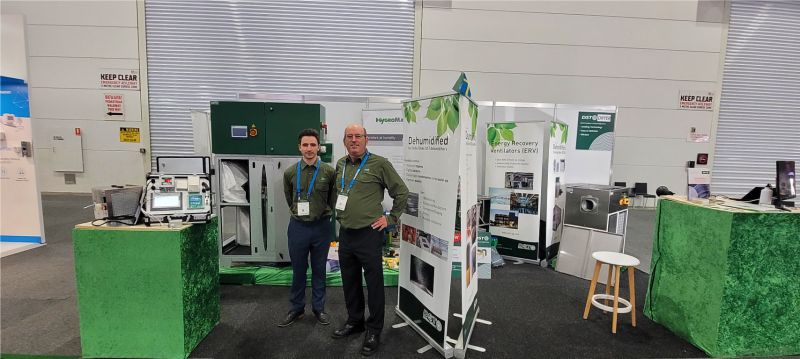AAAT recommends the use of Heater type humidifiers in all Australian capitals except Adelaide. Electrode humidifiers operate outside recommended parameters waste substantial energy and have an operational shortfall. See evidence as follows.
Sydney water is considered “soft” with a water hardness level of approximately 57 milligrams per litre (mg/L).
Water hardness refers to the levels of CaCO3 in the water. If the concentration of minerals is less than 60 mg/L,
it is considered soft, and at more than 60 mg/L it is considered hard. Water hardness is also expressed as
Parts per million (ppm), where 1 ppm = 1 mg/L. (Water analysis (sydneywater.com.au))
“Normal” water is typically defined as feed water with conductivity between 200 and 500 μS/cm (microSiemens per centimeter) at 15° C.
The acceptable range of water conductivity for the SLH model is: < 1,250 μS/cm
Australian Water:
Soft < 60
60 < Moderate < 120
Hard > 120
Maximum of 15°dH, = 267.9 ppm
Conversion: 1 PPM = 1.56
μS/cm∴ the electrode humidifier is suitable (year-round) for Adelaide ONLY based on the water conductivity range (outlined below).
The SLE model has an optimal range between
200 – 800 μS/cm, with reduced efficiency from
125 – 200 & 800 – 1,250 μS/cm
The HeaterLine Type (SLH) steam humidifier is designed for use with:
● Tap water with a total hardness of max. 269 ppm
● Demineralized water (min. conductivity 3µS/cm)
● Fully cleaned condensate (min.conductivity 3µS/cm)
● Partially or fully softened water
Therefore, the SLH model (heater type) is most appropriate for all year use around Australia.
Daniel Bosnich, April 17th
DST Dryer Pty Ltd
TA/- Air and Aqua Tech Australia
1300 002 228
www.linkedin.com/in/daniel-bosnich/




















